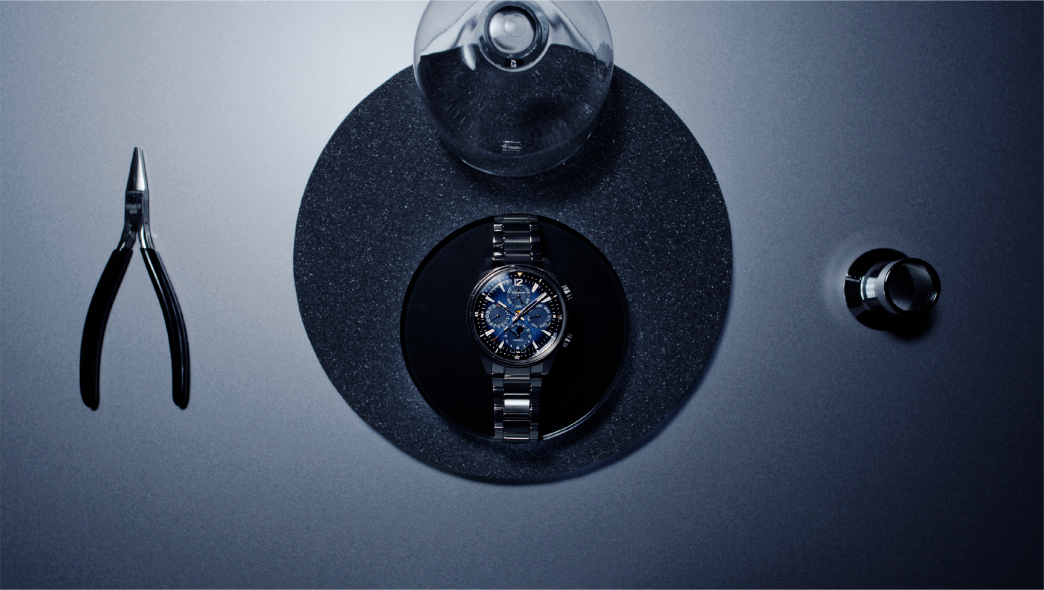
Build Smarter, Faster, and More Responsive Websites
Modern CSS offers powerful tools like Flexbox, Grid, media queries, and utility classes that simplify responsive design and speed up development. These features help developers create clean, scalable, and accessible layouts with less code and more control.
The Power of Modern CSS
Modern CSS has transformed the way developers approach web design, providing a wide range of features that make it easier to build responsive, accessible, and aesthetically pleasing websites. With the evolution of CSS, tools like Flexbox, Grid, media queries, and utility-first frameworks have enabled developers to write cleaner, more maintainable code while achieving complex designs with fewer lines of CSS.
1. Flexbox vs Grid
Both Flexbox and Grid are essential layout tools in modern CSS. Flexbox is ideal for creating one-dimensional layouts where content flows in a row or column, making it perfect for components like navigation bars or item lists. On the other hand, CSS Grid is designed for two-dimensional layouts and allows developers to define rows and columns with ease, making it great for complex page structures like dashboards or galleries.
2. Media Queries
Media queries are a cornerstone of responsive web design. They enable developers to apply different styles based on the device's characteristics, such as screen width, resolution, or orientation. This ensures that websites are not only visually adaptable but also offer a seamless experience across desktops, tablets, and smartphones.
- Define breakpoints for a range of device sizes
- Customize layout and typography for smaller or larger screens
- Improve accessibility and usability by ensuring content is legible and navigable
3. Utility Classes
Frameworks like Tailwind CSS have popularized the use of utility-first CSS. This approach allows developers to apply low-level utility classes directly in their HTML, reducing the need for custom CSS and encouraging consistency and reusability across a codebase. Utility-first design promotes faster prototyping and easier maintenance in large projects.
"Utility-first CSS is fast, predictable, and scalable." – CSS Community
Common Utilities
- Margin and padding classes (e.g.,
mt-4,px-6) - Text and background color utilities (e.g.,
text-blue-600,bg-gray-100) - Flex and grid layout helpers (e.g.,
flex,grid,items-center)
4. Visual Enhancements

In addition to layout features, modern CSS introduces a suite of tools for creating dynamic, interactive designs. Features like CSS variables (--custom-properties), smooth transitions, and keyframe animations help enhance the user experience without the need for JavaScript in many cases. These tools enable developers to bring their designs to life with polished motion and adaptive themes.
--custom-propertiesfor theming and reusable valuestransitionandtransformfor smooth interactive effects- CSS keyframe animations for more complex motion design
For further reading, explore CSS-Tricks for in-depth tutorials or visit the official MDN CSS Documentation to dive deeper into individual properties and specifications.